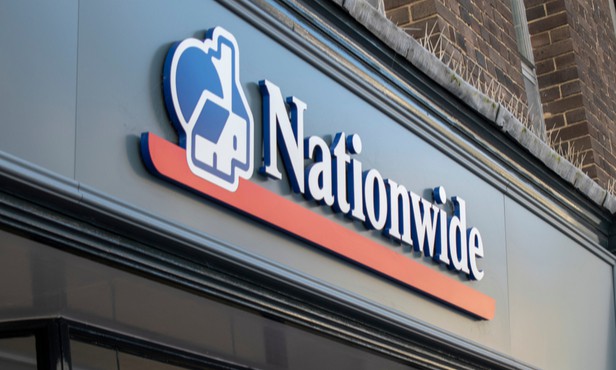
The guidance, which was implemented on 5 April, clarifies what types of properties will, and will not, require additional inspections due to concerns about fire safety.
A Nationwide spokesperson said of the RICS guidance: “Our lending approach is very much in line with this guidance although there will be occasional instances where, as a responsible lender we still require an EWS1 form.
“We have a duty of care to protect all our borrowers and ensure properties we are lending on are safe for those that reside in them.”
The lender detailed that there will be cases where it will require an EWS1 form outside of the RICS guidance, for example where there are specific concerns on properties of four or fewer storeys.
Properties of this height do not include government support for leaseholders.
The RICS risk matrix puts these out of scope, but acknowledges that these buildings could require works that the borrower would need to fund.
Nationwide’s view is the borrower needs to be aware of these costs before they buy the property, and it will assess whether the borrower can afford potential works during the valuation.
For buildings over four storeys, the lender is broadly aligned with the RICS guidance, however, implementation of this links closely with the scope of the government £3.5bn funding grant and loan scheme.
Nationwide said that the government support is a step forward and it hopes for it to bring relief to people worried about the safety of their homes.
The EWS process, and resulting form, is a set way for a building owner to confirm that an external wall system on residential buildings has been assessed for safety by a suitable expert, in line with government guidance.
Lloyds, Santander and TSB have already confirmed they are following the guidance.



